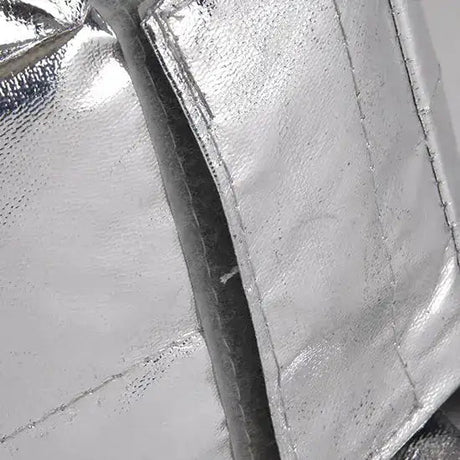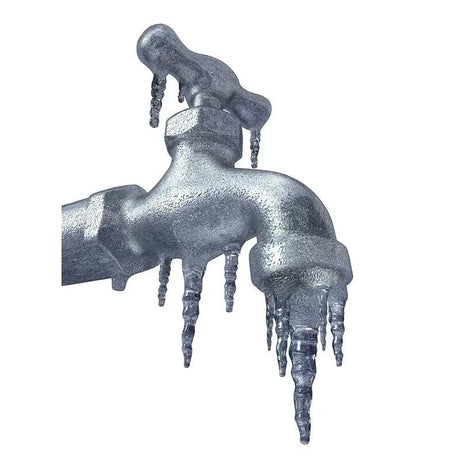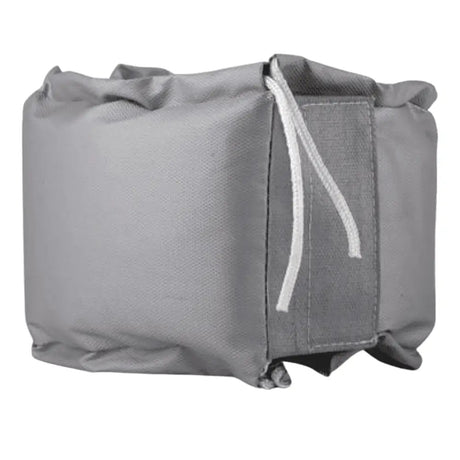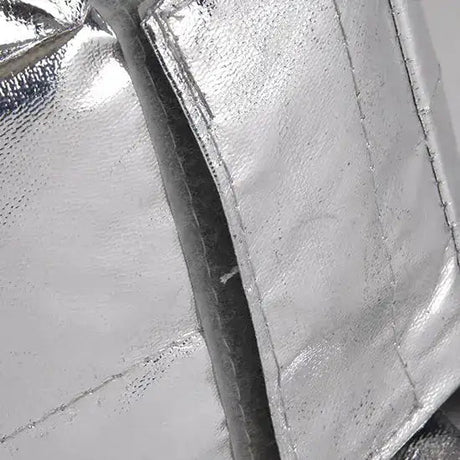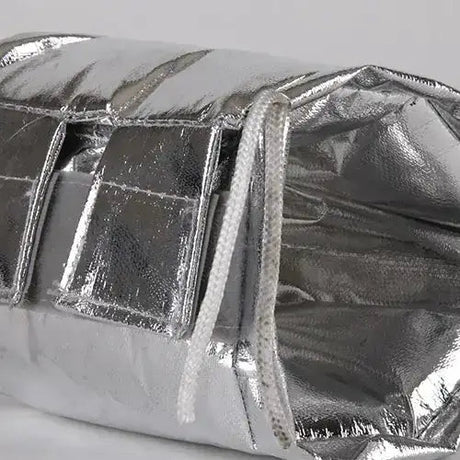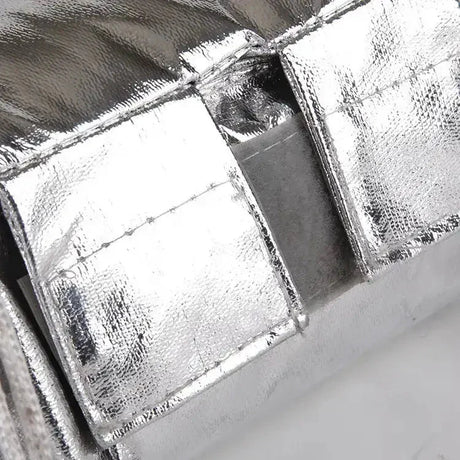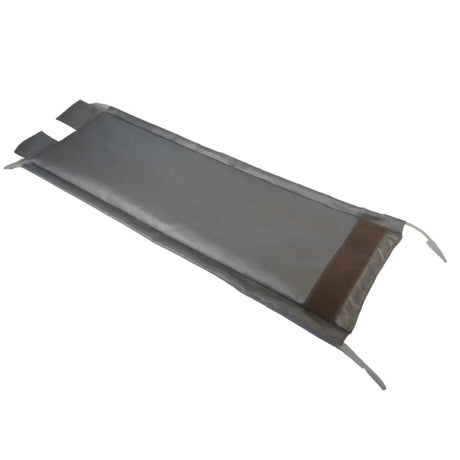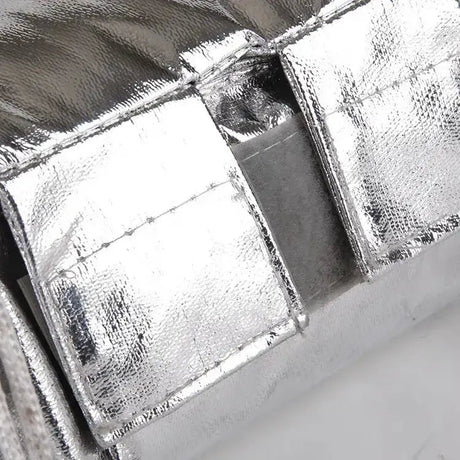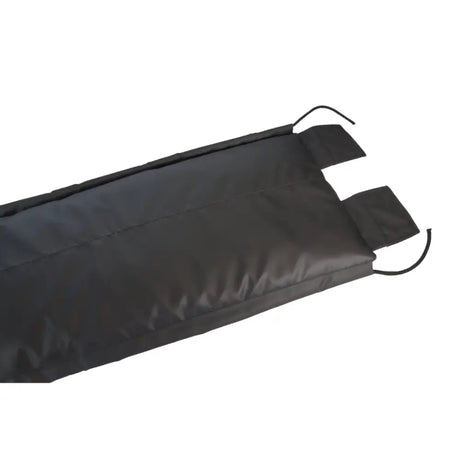The world is facing an urgent climate crisis. Global temperatures are rising at alarming rates due to human-caused greenhouse gas emissions, primarily from burning fossil fuels like coal, oil and gas. This is already causing noticeable changes to the climate with devastating consequences. Melting polar ice caps, rising sea levels, deadly heatwaves, flooding, droughts and extinction of species - climate change threatens the very existence of life on earth.
In 2015, the Paris Agreement set a critical target - global temperature rise must be limited to 1.5°C by 2100 to avoid catastrophic climate impacts. For this, scientists stated that net zero carbon emissions is needed by 2050. This means that any remaining greenhouse gas emissions would need to be balanced out by removing equivalent amounts of carbon from the atmosphere.
What Does Net Zero Emissions Mean?
Net zero refers to a state where human-caused emissions of greenhouse gases like carbon dioxide are completely offset by absorption and removal of carbon from the atmosphere. Net zero is achieved when the amount of greenhouse gas emitted is no more than the amount taken out of the atmosphere.

The main greenhouse gases are carbon dioxide, methane and nitrous oxide. Carbon dioxide makes up around 76% of global greenhouse gas emissions. It is produced from burning fossil fuels like coal, oil and natural gas that power our homes, transport, manufacturing and food production. Deforestation also releases large amounts of CO2.
Methane accounts for 16% of emissions, mainly from agriculture and waste. Nitrous oxide constitutes around 6% and is emitted from industrial processes and fertilizer use.
To reach net zero, massive cuts in emissions are imperative. Additionally, any remaining emissions need to be balanced by removing equivalent greenhouse gases from the air. This removal is called carbon offsetting.
Why is Net Zero Urgently Needed?
The scientific consensus is clear - to avoid climate catastrophe, global net zero emissions must be achieved by mid century. But the narrow window for action is closing fast.
Every fraction of a degree of increased warming magnifies harm. At just 1.1°C of warming so far, the world is already experiencing devastating climate impacts - fiercer storms, floods, wildfires, droughts and biodiversity loss.
Limiting temperature rise to 1.5°C this century is critical. This gives the best chance of preventing irreversible damage. To meet this Paris Agreement target, the IPCC says global CO2 emissions must fall by 45% by 2030 compared to 2010 levels, reaching net zero by 2050.
Many leading scientists warn this is still not enough. The UN Secretary General has called for all countries to commit to net zero emissions by 2050, and for developed nations to reach net zero even earlier by 2030. This could give the world a fighting chance of restricting warming to 1.5°C.

Carbon Offsetting for Net Zero Emissions
While cutting greenhouse gas emissions must clearly be the priority, carbon offsetting has a role to play. Offsetting involves removing carbon from the atmosphere and durably storing it to counterbalance residual emissions. Natural and technological methods exist.
Planting trees is a natural method of offsetting. Trees absorb carbon as they grow. Maintaining forests and restoring degraded lands prevents carbon stored in vegetation being released.
Wetland restoration also sequesters carbon in soils. Conserving peatlands is especially important as draining them releases centuries of stored carbon.
Meanwhile, direct air capture is an emerging technological solution. Machines remove CO2 directly from ambient air, with the gas then securely stored underground. The costs are still prohibitive but the technology holds promise.
Critically, we cannot simply offset our way out of climate change. The vast majority of emissions cuts must come from transitioning rapidly away from fossil fuels - offsetting can only tackle the small remainder.
Country Commitments Towards Net Zero Emissions
In a major step forward, over 130 countries have now pledged to achieve net zero emissions, covering around 90% of global CO2 output. However, ambitions and progress vary greatly between nations.

Developed Countries
The UK was the first major economy to set a net zero target under its 2008 Climate Change Act. This was recently brought forward from 2050 to 2045. The UK has cut emissions by 44% from 1990 levels but faces challenges to decarbonize heat and transport.
The United States aims for net zero by 2050 but politics has hampered progress. Its recent Inflation Reduction Act contains over $370 billion for clean energy and emissions cuts.
The EU reached a deal for a 55% emissions reduction by 2030 and net zero by 2050. Its carbon pricing scheme aims to incentivize emissions reduction. Germany plans to stop using coal by 2030 and is developing hydrogen for energy storage.
Japan and Canada have also set net zero targets for 2050. Meanwhile Australia, under a new government, has increased its 2030 emissions cut target to 43% but still lacks a net zero law.
China and Other Emerging Economies
China produces the highest carbon emissions today. It aims for carbon neutrality by 2060 and to peak emissions before 2030. Efforts are underway to expand renewables and phase down coal usage.
India, the world's third biggest emitter, has pledged net zero by 2070. It is rapidly expanding renewable energy but coal still dominates. Officials say faster progress must be contingent on finance and technology transfer from developed nations.
Russia and Saudi Arabia, major oil and gas exporters, have reluctantly set net zero targets for 2060. Progress remains slow and policies limited, with continued high dependence on fossil fuel revenues.
The Critical Role of Improving Insulation
Alongside transitioning to renewable energy sources, improving the insulation of buildings will be vital for reaching net zero emissions. Currently, heat loss from poorly insulated homes and other buildings accounts for over 10% of global carbon dioxide emissions.
Upgrading insulation is one of the most cost-effective ways of reducing emissions, saving energy, and lowering heating bills. Simple actions like installing cavity wall and loft insulation can dramatically cut heat loss and energy consumption. Solid wall insulation involves adding an insulating layer to exterior or interior walls, reducing heat loss by up to 60%.

New buildings must be constructed to the highest energy efficiency specifications, incorporating high levels of insulation. But the greatest challenge is improving insulation in existing homes, offices and factories - the vast majority of structures that will still be standing in 2050.
In the UK, despite government incentives, insulation installation rates have dropped significantly in the last decade. The UK's legally binding climate target for 2050 cannot be met without a large-scale national program to upgrade home insulation. This would create jobs, reduce energy bills, and slash emissions.
A global drive to improve insulation needs to encompass all countries and climates. In warm countries, insulation keeps buildings cooler, reducing the need for energy-hungry air conditioning. With the world set to add 2.5 trillion square feet in new buildings by 2060, insulation has a crucial role to play in achieving net zero.

Challenges in Reaching Net Zero
While over 90% of emissions are now covered by net zero pledges, targets alone are insufficient. Concrete near-term action is essential, but often lacking.
Developed countries like the UK and US must deliver steeper, faster emissions cuts. Emerging economies need technology and finance to aid their clean energy transitions. And many nations remain overly reliant on carbon offsetting instead of phasing out fossil fuels.
The narrowing window for limiting warming to 1.5°C requires unprecedented global cooperation and rapid decarbonization across all sectors. Net zero commitments must urgently translate into transformative policy and drastic emissions reductions worldwide. Our collective future depends on success in this endeavor.




